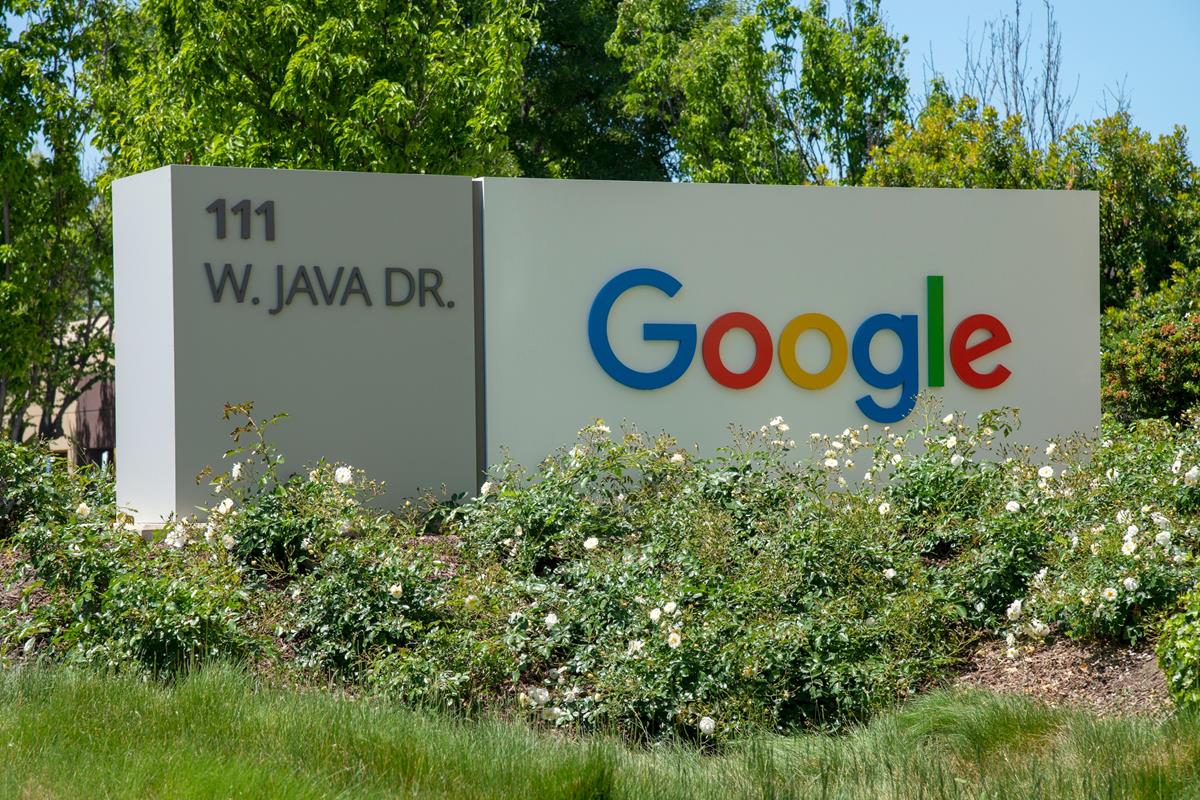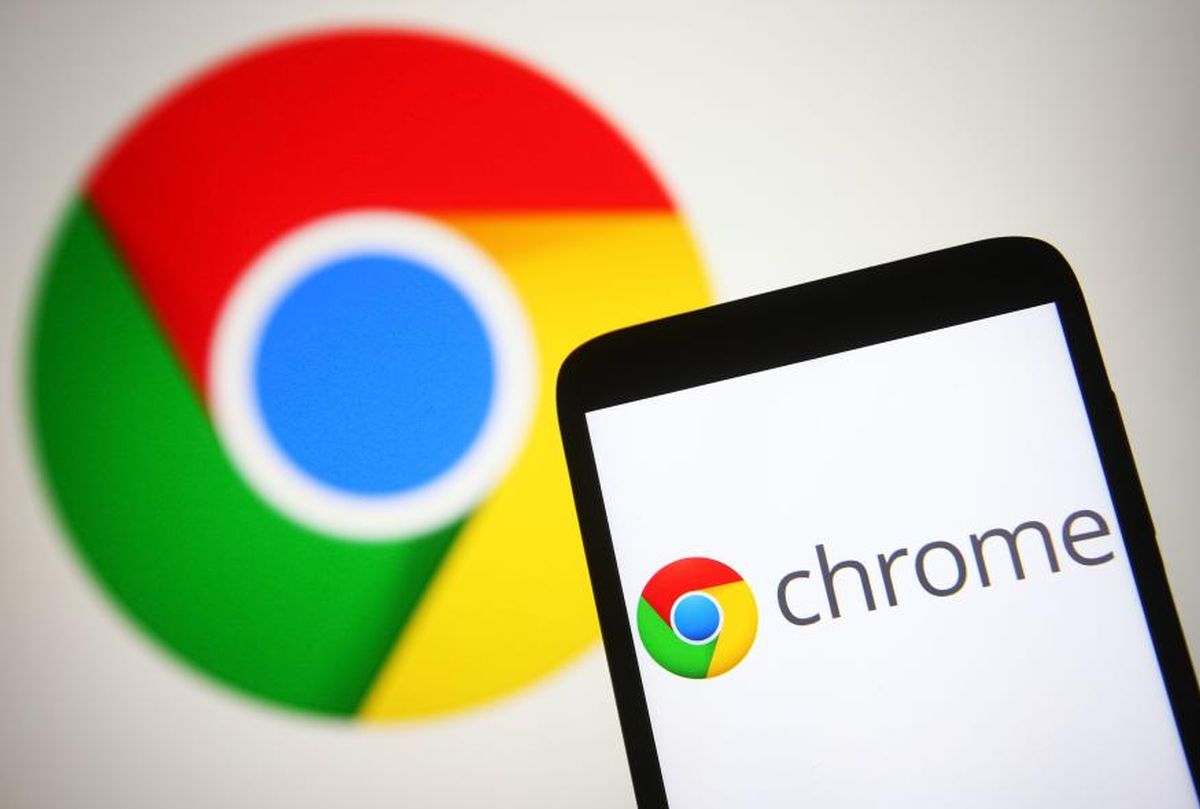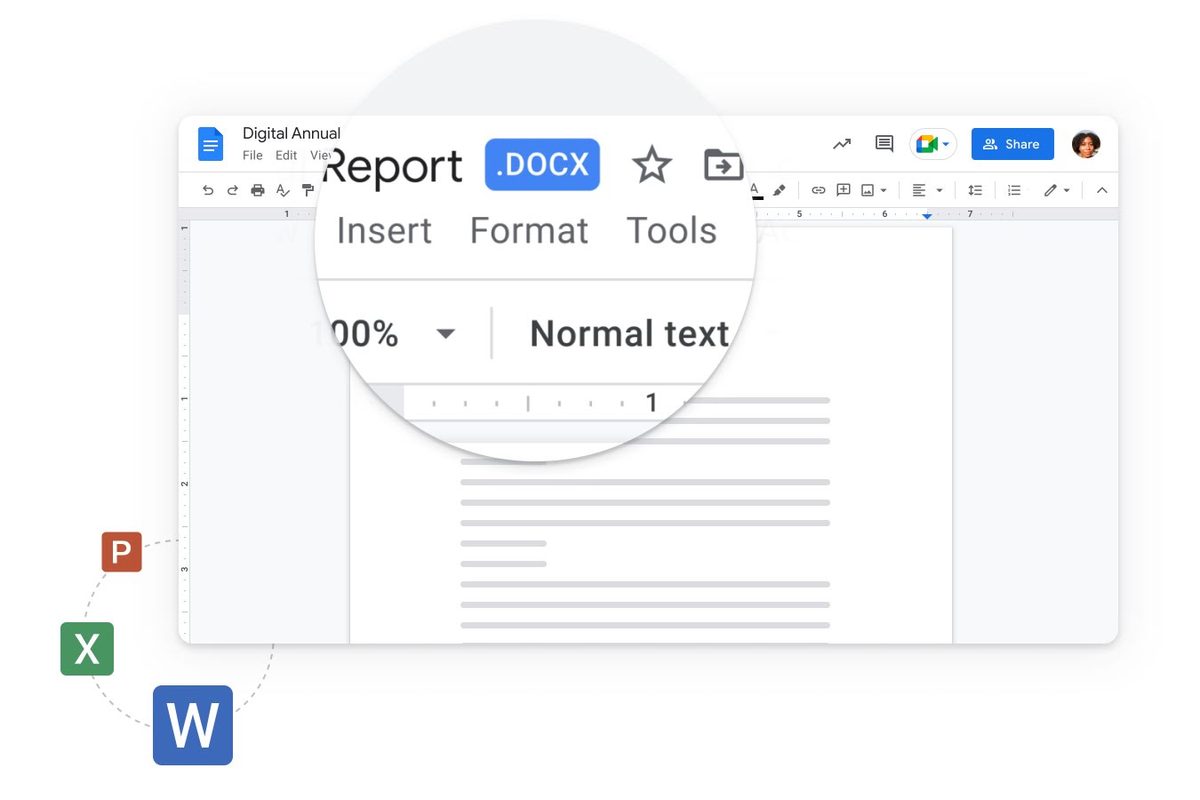AMPing up the web: How Google's quest for speed failed?

While the story of AMP may be considered over, the discussion about its impact on the open web should continue. This article is inspired and based on a comprehensive report by The Verge, which uncovered the controversial history of AMP and its relationship with Google. The issues surrounding AMP are not just about the platform's limitations and downsides, but also about the larger implications of Google's dominance in the tech industry.
In the early days of the web, everything was slow. Web pages loaded like snails, taking minutes to display images or videos. But over time, things got faster, and the mobile web emerged as a whole new platform. Suddenly, there was a need for speed. And in 2015, Google introduced a new initiative called AMP, short for Accelerated Mobile Pages.
The idea behind AMP was simple: make mobile web pages load faster. And it worked. Publishers who adopted the new format saw significant speed improvements, and Google rewarded them with a coveted spot in its Top Stories carousel, which appeared at the top of search results. For smaller publishers struggling to stay afloat, AMP was a lifeline, delivering a massive boost in traffic that could make or break their business.
But as the platform grew, so did the concerns about its impact on the open web. Critics argued that AMP was a closed system, designed to benefit Google at the expense of publishers and users. They pointed to the fact that AMP pages loaded within Google’s own cache, rather than the publisher’s own servers, giving Google control over the user experience and the ability to track user data.
Despite these concerns, AMP grew in popularity, and Google began to push the platform even further, suggesting that publishers build their entire websites within AMP. But as publishers struggled to adapt to the platform’s limitations, and as scrutiny against Google ramped up, the company began to pull back. Today, AMP is no longer the future of the web that Google once envisioned. Instead, it’s a cautionary tale about the perils of sacrificing openness for speed.
The rise of AMP
As mobile internet usage began to surge, Google found itself facing a problem. The web was not optimized for mobile devices, and that was leading to a slow and clunky experience for users. Google's solution was Accelerated Mobile Pages, or AMP, which aimed to provide a faster, streamlined experience for mobile users.
Launched in 2015, AMP was an open-source project designed to help publishers create mobile-optimized pages that would load quickly on any device. The idea was to create a new format that would allow publishers to offer a better experience for mobile users while also improving search engine results.
Google touted AMP as a way to save the web from collapsing into a few walled gardens. By creating a standardized format, Google hoped to prevent the rise of closed platforms and to ensure that the web remained an open, accessible platform for everyone.
Many publishers were initially skeptical of AMP, but as the pressure to optimize for mobile grew, more and more began to adopt the format. By December 2016, an Adobe study found that AMP pages already accounted for 7% of mobile traffic to top publishers in the US and grew 405% in just the final eight months of the year. Even Twitter and Microsoft were considering using AMP. It seemed that AMP was becoming the de facto standard for mobile web pages.
Google's control and publisher's dilemma
Google's power and influence over the internet are undeniable, and its search engine has become a critical source of traffic for most publishers. According to a report by the analytics company Chartbeat, search accounts for 19.3% of total website traffic, a number that doesn't even include Google News and other news feeds, which also drive significant traffic to publishers.
With its AMP project, Google sought to make the web faster and more mobile-friendly, and it promised to boost the user experience for readers. However, as the project gained traction, publishers began to feel the pressure of Google's dominance. Many saw AMP as just another hoop they had to jump through to maintain their presence on Google's search engine.

Some larger publishers, with their own product and engineering teams, could manage AMP's limitations without affecting their overall business. But smaller publishers without the resources to maintain yet another version of their website had no choice but to support AMP. As long as anyone was willing to use AMP, everyone else had to follow suit or risk being left out of Google's search results.
Google's strategy was to create prisoner's dilemmas that it controlled, and publishers felt the message was clear: comply with AMP or risk losing your search traffic and, ultimately, your entire business.
The downsides of AMP
While AMP seemed like a good idea at first, it quickly became apparent that there were many downsides to the format. One of the biggest issues was the loss of control for publishers. Since Google was the gatekeeper of the Top Stories carousel, publishers had to comply with AMP's constraints if they wanted to maintain their search traffic. This meant extra work and additional costs, as well as limitations on how they could monetize their content.
Another major issue with AMP was its lack of flexibility. The format was designed to be fast, which meant it was also stripped down and limited in its capabilities. This made it difficult for publishers to create a unique and engaging experience for their readers, and many felt that the format was overly simplistic and boring. Additionally, because AMP was an open-source project controlled by Google, there was a lack of transparency and accountability around how it was developed and updated.
There were concerns about the impact of AMP on the broader web ecosystem. By creating a closed platform that prioritized certain types of content over others, Google was potentially stifling innovation and limiting the diversity of voices and ideas on the web. Critics argued that AMP was just another example of Google's growing power and influence over the internet, and that the company was using its dominance to control how people accessed and consumed information online.
Backlash and pushback
Google's Accelerated Mobile Pages (AMP) promised to revolutionize the mobile web by delivering lightning-fast page loads and increased user engagement. However, publishers quickly grew wary of the search giant's open-source platform after realizing that it was leveraging its market power to shape the future of the web in its favor.
While AMP did deliver on its promises, publishers faced a variety of restrictions and obstacles that made adoption difficult. The most significant concern was the revenue gap, as publishers' earnings dropped while Google's profits remained unaffected. Google has pledged to address this issue, but many publishers remain skeptical.
For smaller publishers, complying with the AMP standard was particularly challenging, as they lacked the resources to support multiple versions of their website. When Google introduced the Top Stories carousel, it felt like an ultimatum to many publishers who saw AMP as an onerous obligation imposed by a dominant distributor. They had to either comply or risk losing search traffic and, ultimately, their entire business.
Although larger publishers could find ways to work around AMP's restrictions, smaller ones had no choice but to adopt the format. This raised concerns about becoming overly dependent on a single platform and losing their independence. The resistance to AMP from publishers underscored the need for open and equitable standards that prioritize the interests of everyone in the mobile web ecosystem, not just the largest players like Google.
The upcoming aftermath
The impact of Google's Accelerated Mobile Pages (AMP) platform will be long-lasting. While it initially succeeded in making mobile websites faster and more accessible, concerns have been raised about the tech giant's monopoly on the platform and how it benefits Google at the expense of content creators and consumers.
AMP has evolved over time to include new ad networks and interactive features like comments, making it more open to user input. The code is now managed by the OpenJS Foundation and could be a useful tool for developing lightweight and embeddable media.
However, prioritizing speed over other factors in the early stages of AMP led to a poor user experience, and encouraging publishers to construct entire sites in AMP raised concerns about Google's monopolistic tendencies on the web.

Although Google has made some compromises, like including all pages in the Top Stories carousel and allowing local news sources to bypass AMP for COVID-related topics, the platform has still lost many publishers. Even those who acknowledge its improvements remain cautious about Google's influence.
The legacy of AMP highlights the dangers of giving too much power to a single entity on the internet. While speed and efficiency are crucial, they must not come at the expense of free expression, equal opportunity, and fair competition. The lessons learned from AMP's issues may be the best gauge of the program's success or failure in the long run.
Bottom line
In the end, AMP neither saved nor killed the open web, but it did have a significant impact on the publishing industry and Google's relationship with it. AMP's development started with good intentions, but it quickly became a source of frustration for publishers. While Google's dominance in the online search market made AMP hard to ignore, many publishers resented Google's control over their content and the platform's technical limitations.
Despite Google's initial insistence that AMP was not a Google product and that it was an open-source platform, the company exerted near-total authority over the project, with Google employees consistently winning debates about new features or the roadmap. This led to many publishers feeling coerced into adopting AMP, or else risk losing valuable traffic from Google.
Over time, Google's grandest ambitions for AMP didn't come to pass. The company's decision to start featuring all pages in the Top Stories carousel, not just AMP-powered ones, marked a significant shift away from the platform. While some publishers still use AMP, many have found ways to move off the platform, and Google's reputation in the publishing industry has suffered.
Despite its rocky start, AMP's legacy may still have a place in the future of the web. Its separation from search result incentives and continued development under the OpenJS Foundation could lead to a genuinely useful project that could usher in the idea of portable and embeddable content. However, it's also clear that Google's dominance will continue to be a contentious issue in the online world, and the legacy of AMP is a reminder of the risks that come with ceding control of the web to a single company.
Advertisement



















Your description of Google’s motivations seems a bit too optimistic for me, it’s like they were honest all the time and the bad sides of AMP were just unexpected ones for them, not something they wanted from the beginning. I know that assuming bad intentions from Google can quickly lead one to being stamped as a conspiracy theorist, but is it really what stops you here ?
AMP is shit, lmao. It’s just trash for garbage developers, and it even faked page speed to scam users that AMP is faster.
Recommend to use uBlock Experiment Filter List to neuter AMP completely.
AMP makes everything useless. The usefulness stripped out from the page. I always end up going to the desktop version of the page on my phone.